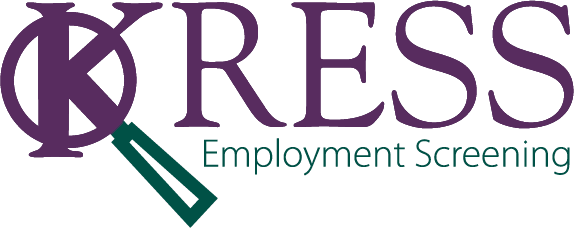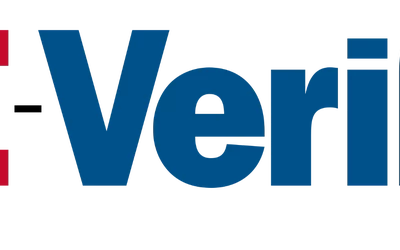With the nationwide unemployment rate now at a 50-year low, finding and retaining qualified workplace talent has rarely presented more challenges. In today’s Weekend Roundup, explore some of the ways in which industry experts recommend adapting to the unique HR environment of 2019. We’ll detail FLSA-exempt salary-payment options, how to attract better job candidates, and updating your workplace drug-testing policies to fit the realities of the hiring market.
You Can Pay Exempt Employees Their Guaranteed Salaries on an Hourly, Daily, or Shift Basis
Human resources and other professionals who review job positions for possible exemptions under the federal wage and hour law (the Fair Labor Standards Act or FLSA) are familiar with the “salary basis” and “job duties” tests. Employees who work in jobs that meet both tests and who work in true executive, administrative, or professional capacities are exempt from the FLSA’s minimum wage and overtime requirements.
Employers sometimes wonder whether they can pay such salaried, exempt employees additional compensation on top of the salary, such as commissions or a percentage of the employer’s sales or profits, without adversely affecting the exemption. The answer is yes, they can. Such additional compensation may be paid on any basis – such as flat sum, bonus payment, straight-time hourly amount, or even time-and-a-half. Employers should make sure, however, that these extra types of payments do not become the primary source of the employees’ pay. Once salary ceases to be the primary source of earnings, employees may be able to successfully claim that they are not being paid properly under the salary basis test.
Today’s jobs market is pushing talent acquisition professionals to rethink how they engage with and evaluate candidates.
The latest Recruiter Nation Survey from Jobvite, a recruiting technology company, reveals the difficulties of attracting and hiring talent in a candidate-driven job market, as well as the creative methods recruiters are deploying to get job seekers’ attention. Experts weigh in below on how—and why—recruiters can put these methods to use.
Of the 800 recruiters responding to the survey, 74 percent of them believe hiring will become more competitive this year. A majority of respondents (67 percent) said their biggest challenge in hiring is the lack of skilled, high-quality candidates.
Navigating Workplace Drug Testing Has Never Been More Challenging—Or More Critical
When record-low unemployment rates collide with record-high drug use in the American workforce, companies can find themselves at a dangerous crossroads. Throw in the fact that 43 states now have some sort of legalized marijuana (33 for medical use and 10 for recreational use), and the work of HR and risk directors gets even dicier. As CEO of a leading direct access lab testing company, my team and I are on the front lines and able to see the imperative of workplace drug testing, which is why we work with employers to navigate changing drug laws and offer the best drug testing options.
While federally mandated, safety-sensitive workforce drug testing is clearly defined, drug testing decisions for private employers are a challenge, even as leaders know substance abuse is a problem. According to the National Safety Council, approximately 15 million employees are struggling with some sort of substance abuse issue, including alcohol, pain medication, marijuana and other drugs. While no industry is immune to drug use, some—such as retail, construction and the hospitality industry—are more prone to it than others.









